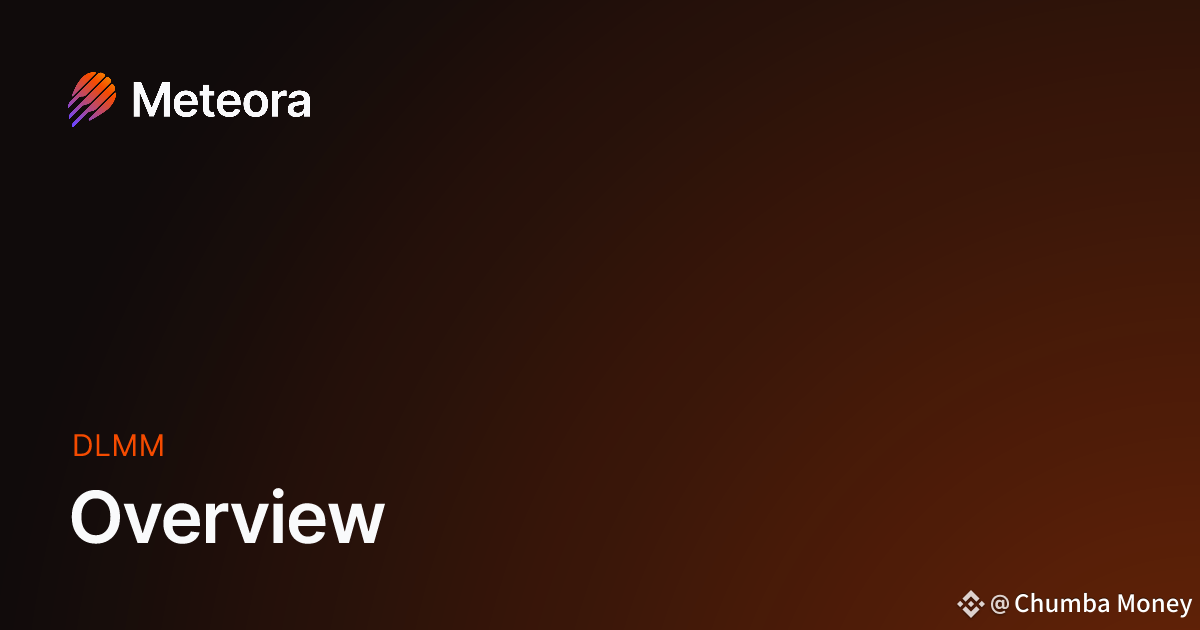
Meteora's Dynamic Liquidity Market Maker (DLMM) is a DeFi protocol on the Solana blockchain that allows liquidity providers (LPs) to concentrate their capital into specific price ranges, called "bins". This improves upon traditional automated market maker (AMM) designs by increasing capital efficiency and offering LPs more control over their liquidity provision strategy.
Meteora's DLMM pools require a more active and informed strategy than Orca's more set-and-forget approach. However, this complexity is also what allows for greater capital efficiency and the potential for higher fee capture.
Here is a breakdown of the key concepts you asked about, based on Meteora's official documentation and community guides.
Bin strategies: How to choose the number of bins
A "bin" is a narrow price interval within a DLMM pool. The Bin Step defines the percentage difference between one bin and the next. The number of bins in your position, along with your liquidity distribution strategy (Spot, Curve, Bid-Ask), determines how wide or narrow your liquidity range is.
1–3 concentrated bins for stables: For a pair like USDC/USDT, where you expect very little price movement, a narrow range of just a few bins maximizes capital efficiency and concentrates all your funds on an active trading range. This requires frequent monitoring and rebalancing.
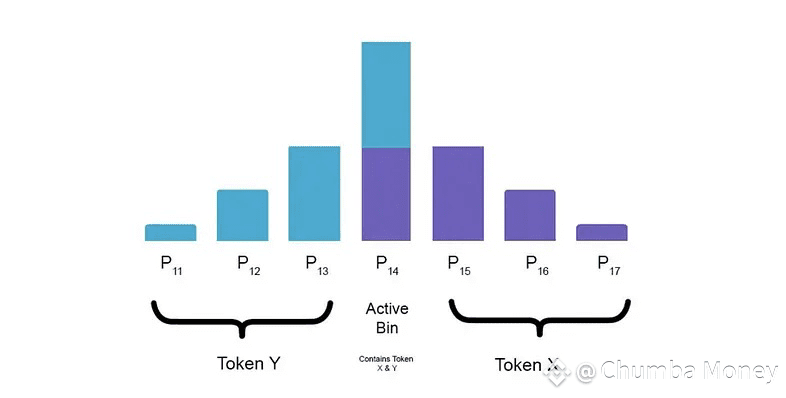
20–30 medium-spread bins for lower volatility: For more established, less volatile pairs, like SOL/USDC during calm market conditions, a moderate number of bins spreads your risk over a slightly wider range. This requires less frequent monitoring than a highly concentrated position.
50+ wide bins for high volatility: For pairs with significant price swings, like volatile memecoins, a wider range of bins reduces the risk of your position going out of range completely (impermanent loss) but also reduces capital efficiency. This is best for LPs who prefer less active management.
Finding high-rewarding pools
To find pools with the highest potential rewards, you need to look beyond a single metric. High fees often come with higher risk and volatility.
Focus on high trading volume: Pools with high 24-hour trading volume generate more fees for LPs. Use filtering tools on the Meteora DLMM page to find pools with over $1 million in daily volume.
Analyze Fee/TVL ratio: A high 24-hour Fee/TVL percentage is a strong indicator of an efficient, high-yielding pool. This ratio shows that a pool is generating a lot of fees relative to the total capital locked, meaning your liquidity is working harder.
Consider memecoin pools (high risk): During periods of high meme coin trading, like the meme season in 2024, these pools can offer extremely high daily returns. However, they are also very risky due to high volatility and potential impermanent loss. You must manage these positions aggressively and with high caution.
Look for Liquidity Mining (LM) rewards: Some DLMM pools offer additional project-specific tokens as rewards on top of the swap fees. Check the Meteora interface and community announcements for these opportunities, which only apply to active, in-range liquidity.
When to use Curve, Bid-Ask, and Spot strategies
The liquidity shape you choose (Spot, Curve, or Bid-Ask) is your primary tool for expressing your market outlook within a Meteora DLMM position.
Spot (Uniform Distribution): Distributes your liquidity evenly across a price range, similar to a classic AMM but with more concentrated control.
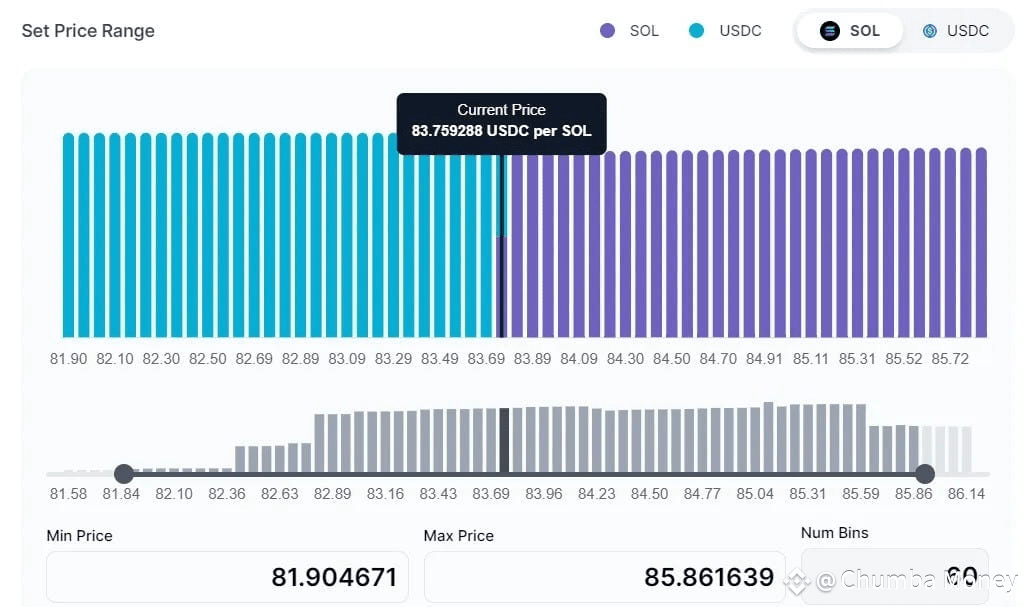
spot When to use: In volatile or unpredictable markets where you want to earn fees across a wide range of prices. It's the most flexible and requires less rebalancing.
Curve (Bell Curve Distribution): Concentrates your liquidity near the current market price, with less liquidity on the outer bins.
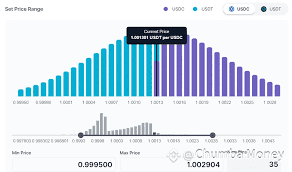
curve When to use: In calm or stable markets, like stablecoin pairs (USDC/USDT) or closely correlated assets (JitoSOL/SOL). This strategy is designed to maximize capital efficiency and fee capture when you expect the price to remain in a tight range.
Bid-Ask (Two-Sided Distribution): Concentrates liquidity at the outer edges of your chosen range and less in the middle.
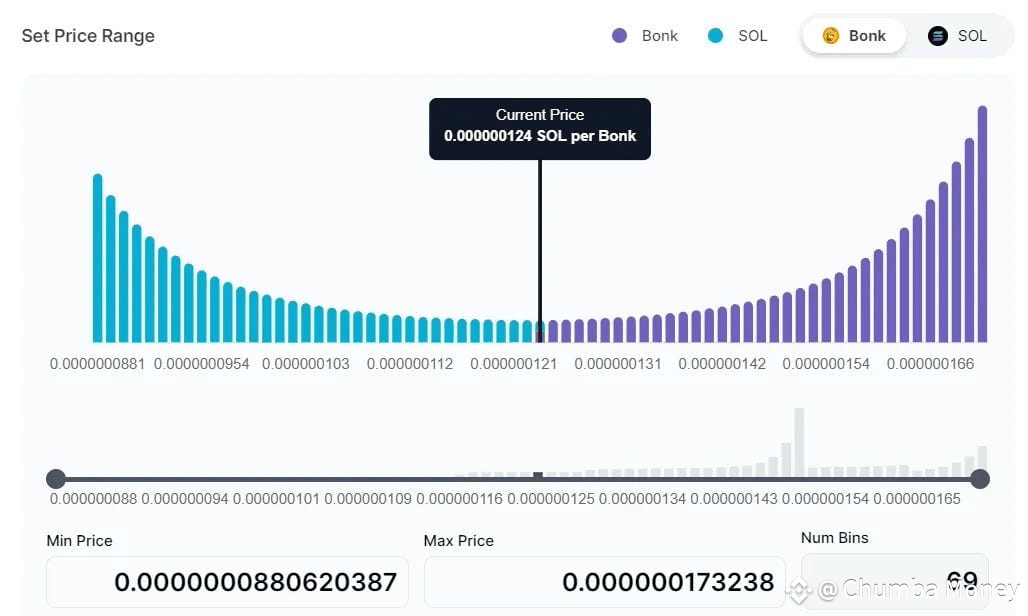
bid-ask When to use: In highly volatile markets where you expect large price swings. The strategy is designed to capture fees from traders at the extremes of the price range. It can also be used for a Dollar-Cost-Average (DCA) strategy by providing single-sided liquidity.
Finding new tokens and strategies
Use launchpads: Meteora's DLMM pools are frequently used for new token launches, which are often announced on the protocol's social channels and governance pages. These are often very high-risk but can be highly rewarding.
Leverage community tools: The Meteora community has developed various third-party tools and dashboards for analyzing pool performance, tracking profit and loss, and finding high-yield opportunities. Joining community channels like Discord or Telegram can also provide valuable insights.
Monitor on-chain data: You can use data tools like DexScreener or Nansen to find trending memecoins and analyze on-chain activity, such as liquidity changes and trading volume.
Follow aggregators: Liquidity aggregators like Jupiter often route new token trades through Meteora's DLMM pools, giving new assets instant visibility.




